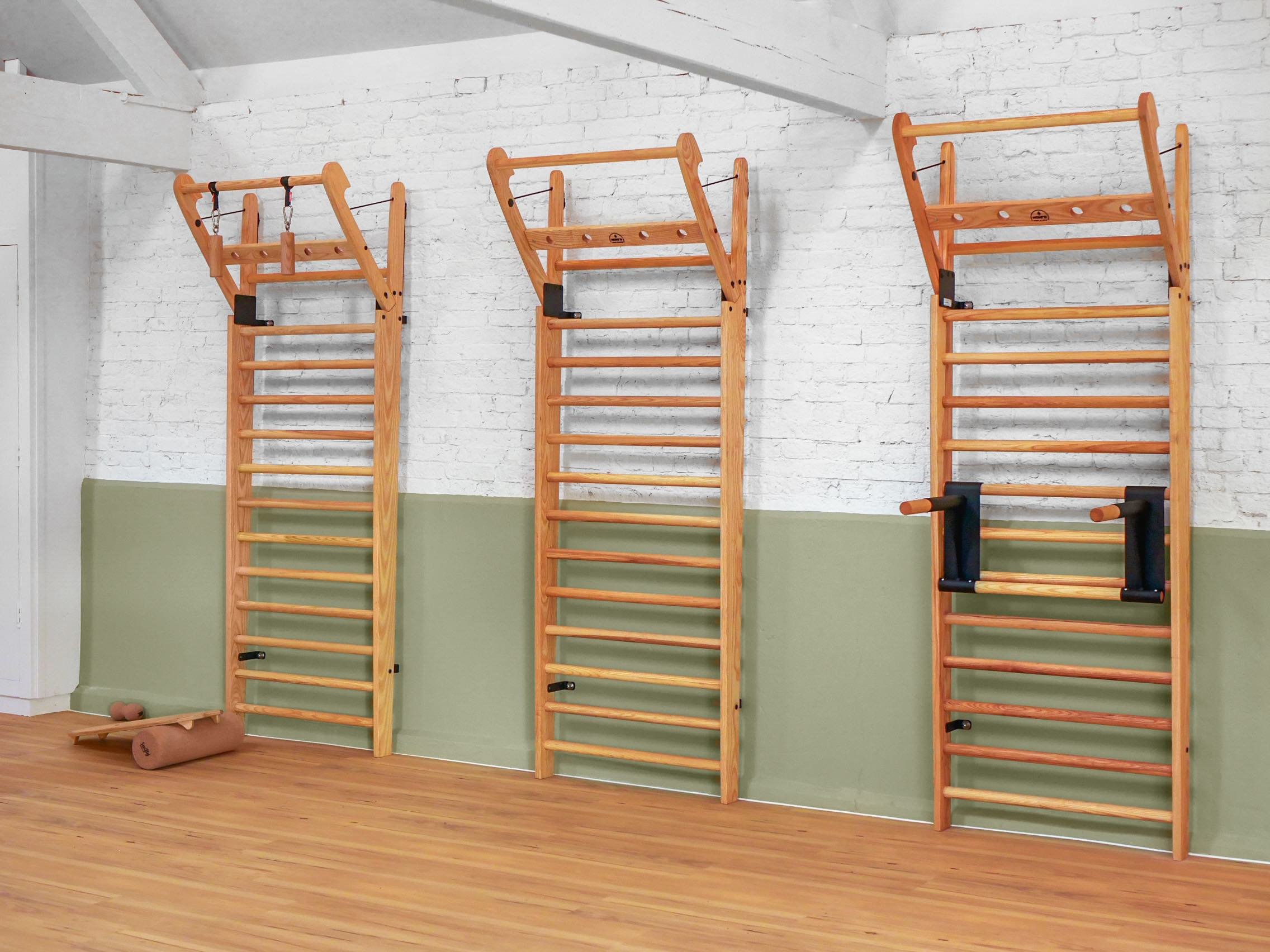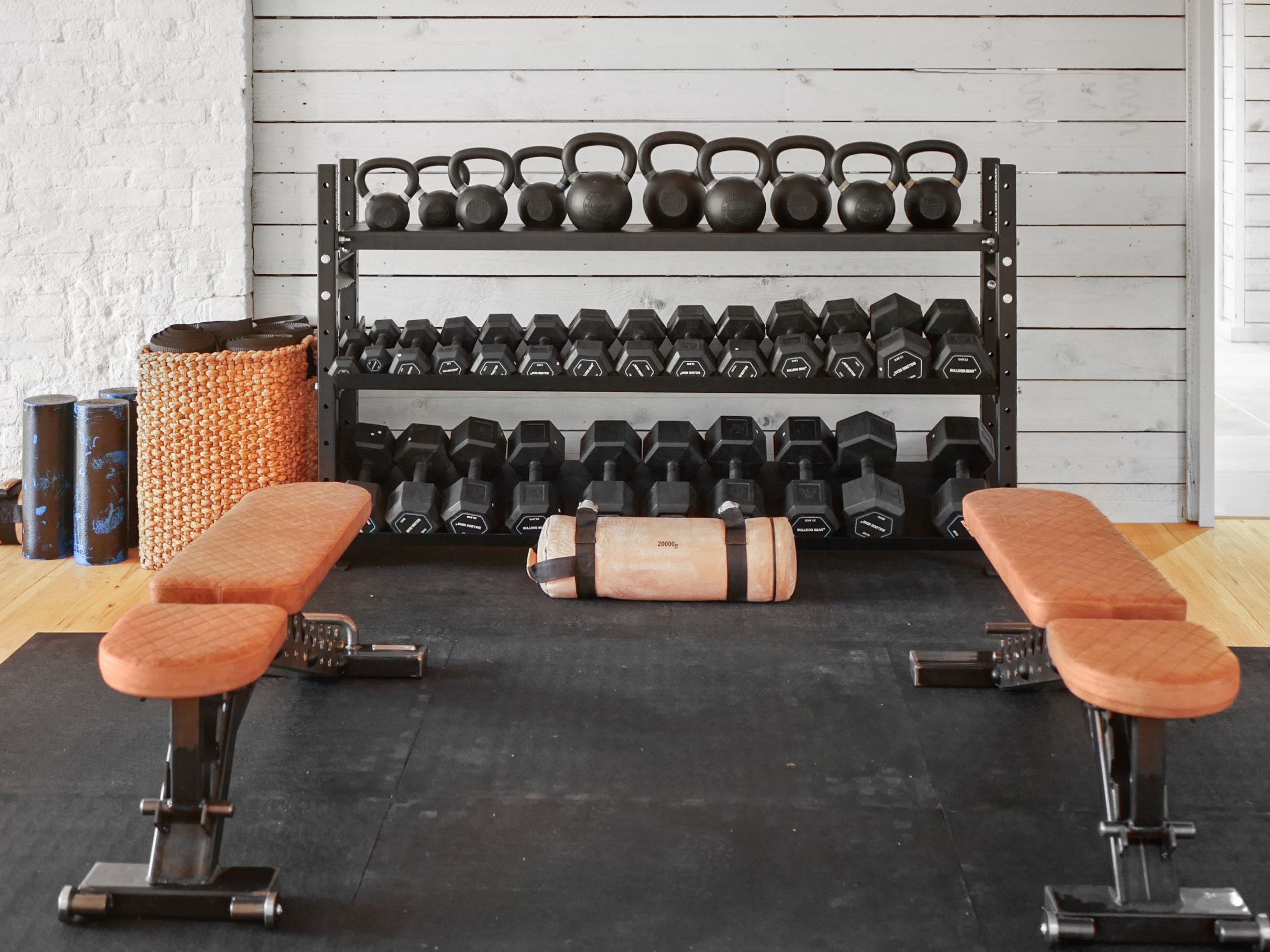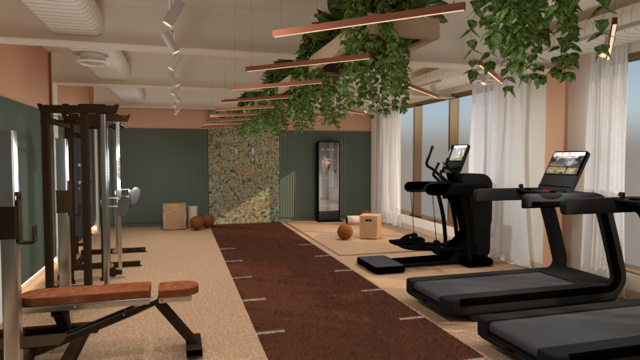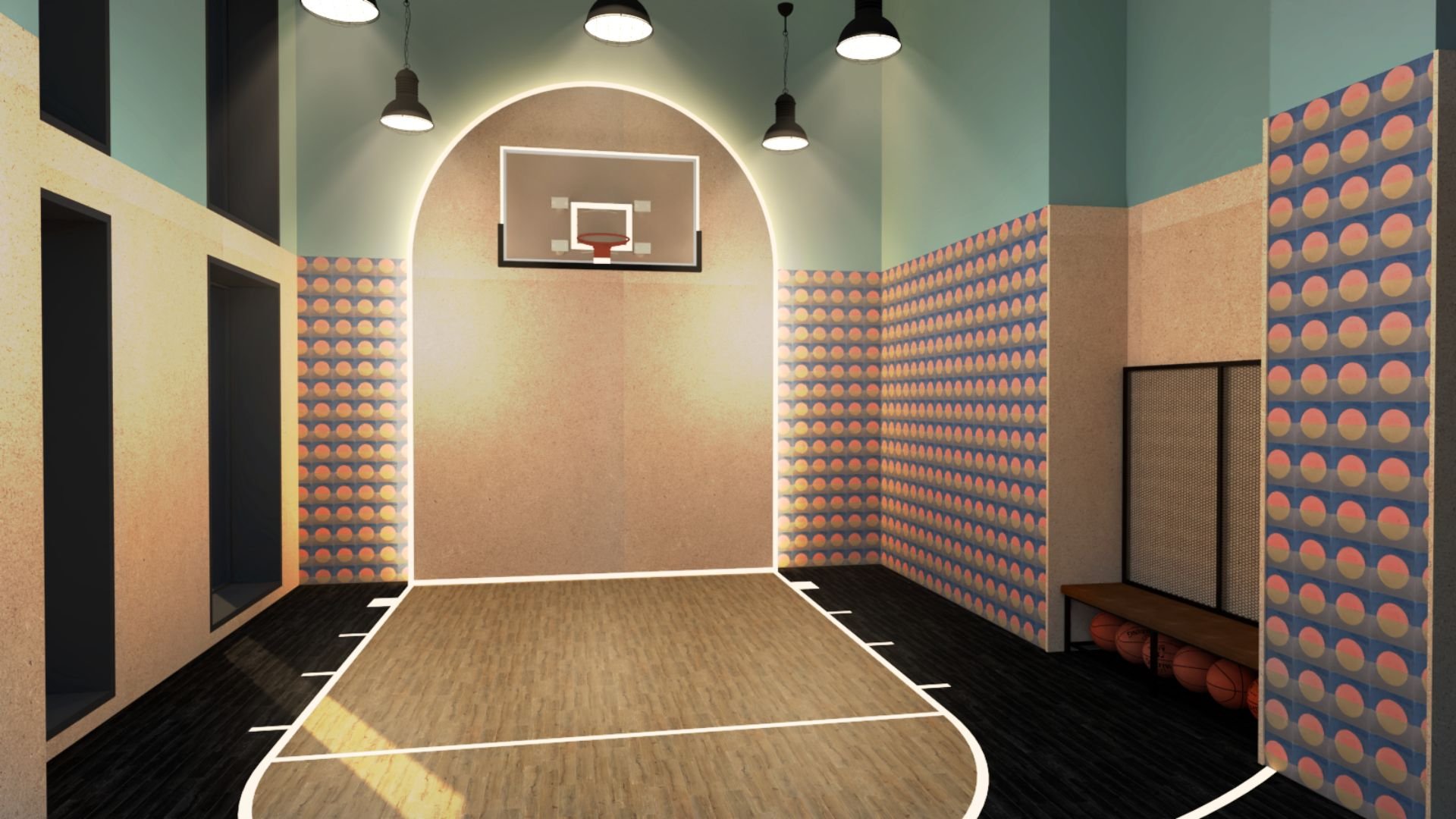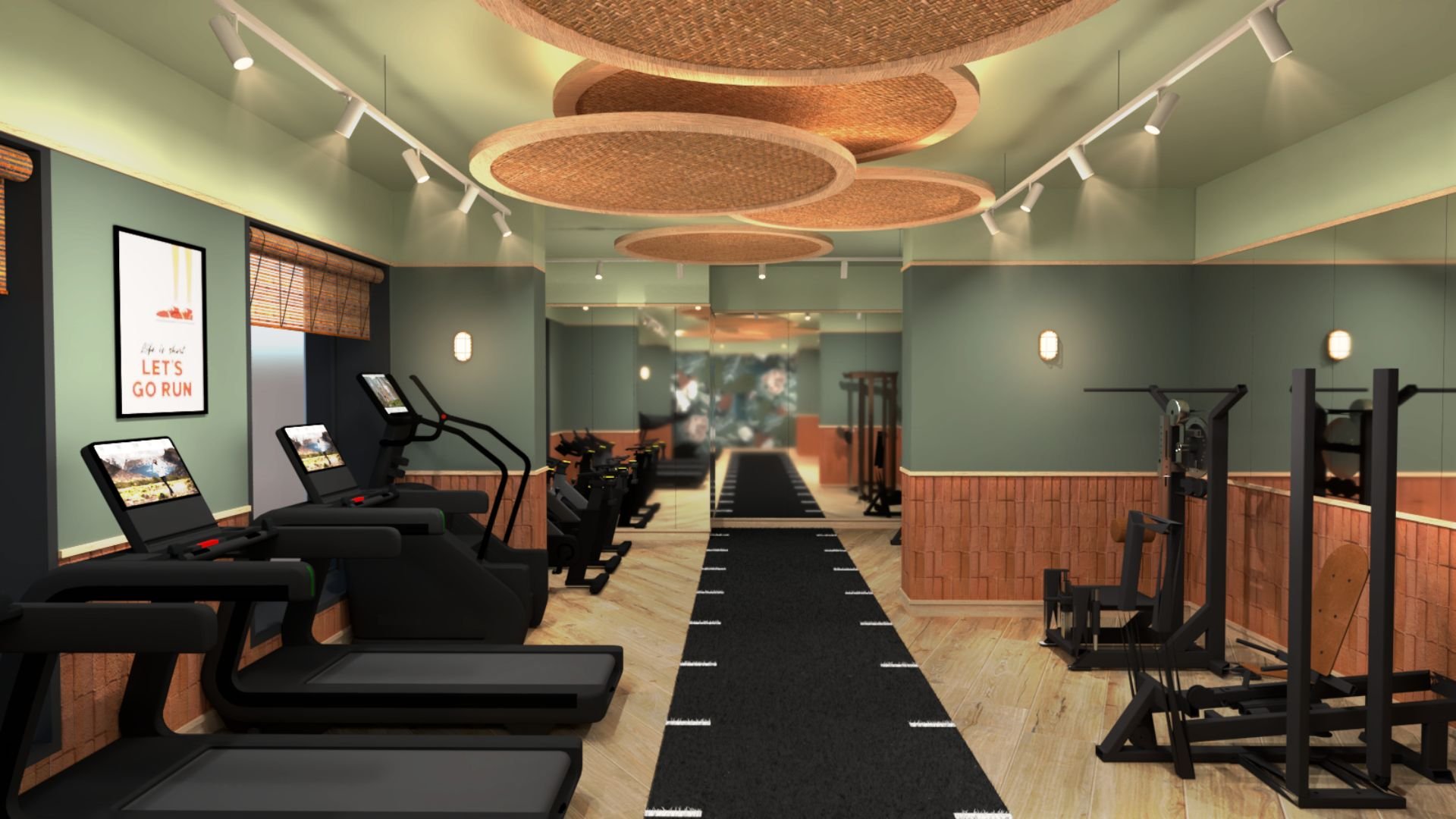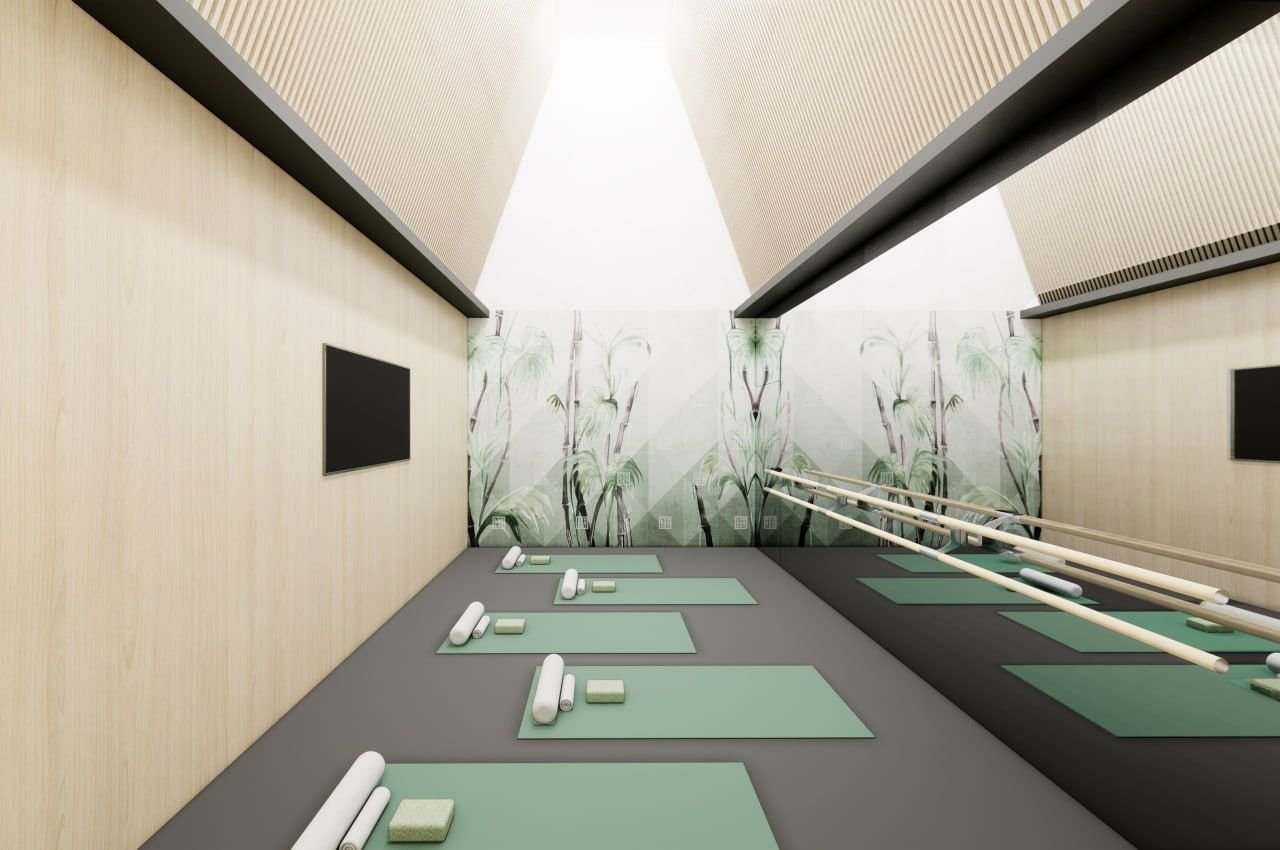sustainable gym consultants
facilitating the move towards eco friendly gym businesses
environmentally friendly gym strategies
We help aspiring eco gym brands and green gym owners adopt sustainable practices such as energy efficiency; waste efficiency; water efficiency; recycled materials and green cleaning practices as a way to foster the green transition within the fitness industry. It’s not all about solar panels on the roof either!
gym sustainability
The fitness industry has a long way to go in order to reduce its environmental impact, from the use of natural resources to fossil fuel powered manufacturing plants but there are signs of green shoots on the horizon.
Once the most prominent gym groups in the UK, US and Germany adopt sustainable practices and publish an annual sustainability report, it is only a matter of time before other aspiring, independent environmentally friendly gyms do the same. Fritton Lake Hotel in Norfolk, UK is a prime example of this (photo below by Edvinas Bruzas).
ENERGY
Energy efficiency & carbon emissions, reduced energy usage strategies, how to maximize natural light, energy efficient machines, clean energy from the grid, reduced carbon footprint
WATER
Water management policies, low flow shower heads, promote purified water consumption for hydration
waste
Waste management & recycling policies, removing all single use plastic water bottles from the site, responsible waste disposal
materials
Eco friendly, non-toxic materials, especially sustainable flooring and sustainable flooring in yoga rooms, relciamed wood floors
AIR
Indoor air quality (IAQ) goes well beyond fresh air, energy efficient air conditioning systems with advanced filters remove nasty airborne toxins
operations
Operating procedures and eco friendly gym supplies, forget traditional cleaning products with harsh chemicals in favor of eco friendly products
EQUIPMENT
Sustainable equipment may be limited in scope but options do exist for eco friendly equipment now
BIOPHILIC DESIGN
Biophilic design to bring the outside world in for a restorative connection to nature
SOCIAL EQUITY
Social Equity, Diversity and Inclusion amongst the workforce, especially important at large hotel, resort and gym brands
sustainability plans
Annual sustainability plans reporting transparently on what has been achieved and what lies ahead.
GREEN BUILDING STANDARDS
LEED Green Building Certification for new build and existing building in operation is now becoming an option for more established gym brands looking to take a stance on sustainability
CSR
Corporate Social Responsibility and local community outreach by the gym team to give back and foster positive relations in the neighborhood
environmentally friendly Gym Equipment
Sustainably sourced gym equipment is a ket component of any green gym business or interior design for eco gyms. Durable equipment that lasts will ultimately reduce material use and energy associated with extraction and disposal, so buy well!
Recycled materials or recyclable materials that allow equipment to be recycled or reused at end of life contributes to the circular economy. In addition, energy efficient equipment can (modestly) reduce overall energy demand.
sustainable supply chain
indoor air quality
indoor air quality
Healthy indoor air quality ensures a high-performing interior environment for gym users to exercise in. Energy efficient HVAC systems - air conditioning units with high-grade filters are the gold standard for gyms that can afford it.
By implementing a non-toxic healthy materials and finishes policy in a sustainable fitness business we reduce the presence of harmful VOCs that will off-gas into the gym air over time.
Red List Chemical-free gym flooring made of natural, sustainably sourced raw materials, non-toxic wall paint and green cleaning practices all help too.
Once a gym is operational, we rely on the air conditioning filters and/or indoor air purifiers combined with commercial-grade indoor air quality monitors to help gym management ‘see’ the air their clients are breathing.
eco friendly gym interiors
GREEN GYM INTERIORS
An eco fitness business interior combines environmentally friendly and human health centered design strategies. The use of non-toxic, healthy material choices that encourage healthy indoor air quality is key for a successful gym project but there is much more we can do as gym designers. Gym flooring and wall paint being the most obvious.
Biophilic design strategies can also be implemented—a design concept that (re)connects humans to nature.
Our preferred biophilic design features in gyms include air purifying plants; natural lighting; the prioritization of natural materials such as cork, bamboo, wood and virgin rubber; wellbeing aromatherapy; wellness sounds, and natural colors to create a multi-sensory gym interior.
Finally, long-term durability and consideration for suitable acoustics are always considered alongside these environmental, wellbeing and aesthetic concerns.
sustainable practices in gyms
eco gym operations
Enhanced cleaning protocols are especially important in gyms where users share equipment in often sweaty, humid conditions, while non-toxic, VOC-free and eco-friendly cleaning materials should be prioritized in order not to bring toxic contaminants into the indoor air.
Air quality and natural light will fluctuate throughout the day and week based on outdoor conditions, we advocate for the use of wellness lighting strategies after dark to aid the transition to sleep after an evening workout.
In addition, waste management strategies can help keep operational waste to a minimum, ideally combined with a procurement policy focused on recyclable and recycled materials.
sustainable flooring
ECO GYM FLOORING
Environmentally friendly gym flooring, just like yoga studio and indoor basketball court flooring, represents one of the most important material selections to get right. We opt for recycled rubber tiles or planks with a vinyl layer on top.
We always look for environmental product declarations from our flooring suppliers so we know exactly what is inside the product, how it was made and what will happen to it at the end of its life.
energy efficiency
energy efficiency
Energy efficiency can be implemented through strategies such as passive design, the incorporation of greenery, energy efficient lighting and HVAC systems. Buying energy from renewable sources, providing bike racks outside and installing motion sensor lights in the changing rooms.
Environmental responsibility in gyms means more than eco fitness equipment to reduce electricity consumption by leaning on human power instead. To reduce carbon emissions and greenhouse gas emissions we have to engage members for collective action.
waste management
WASTE EFFICIENCY
Waste production can be reduced through the selection of durable, recyclable material and equipment choices, as well as the provision of recycling bins on-site for gym users, amongst other policies.
Encourage members to adopt reusable water bottles and water fountains to help reduce plastic waste, invest in quality yoga mats made of materials like cork that will last for years not months.
water management
water efficiency
Water efficiency can be implemented through sustainable interior strategies such as low-flow fixtures in WCs, sinks, and showers within the gym. Reducing water usage with shorter showers signage in the changing rooms is a simple win to fight water waste.
We can then dial-in the potable water quality via purification methods to ensure it is of the highest quality for gym user health purposes; this too requires ongoing monitoring.
eco certifications
sustainability certifications
RESET Air is a performance based, data driven standard that tracks, monitors, and displays indoor air quality.
The WELL building standard covers Indoor Air Quality, the prioritization of natural lighting and circadian lighting systems, active design principles, non-toxic healthy materials, enhanced green cleaning policies, recycling waste management, biophilic design, and acoustical comfort.
LEED and BREEAM focus more on environmental sustainability – encouraging strategies such as waste, water and energy efficiency, responsibly sourced interior materials, enhanced Indoor Air Quality, daylighting, acoustical and thermal comfort.
sustainability reports
GYM SUSTAINABILITY REPORTS
For gym brands and gym equipment manufacturers with a sustainability plan already in motion, publishing an annual report is an obligatory step. Energy, waste and waste management will likely make up the three main strategic aims of a gym brand.
Other considerations include the implementation of sustainable materials; sustainable equipment; a sustainable supply chain; LED lighting; eco cleaning policies; enhanced indoor air quality and Corporate Social Responsibility activities, amongst other things!
green gym glossary
-
Design that leverages the innate human desire to connect with natural surroundings, in this case by bringing the outside world into the built environment through architecture, interiors, landscaping and products. Our particular definition of this concept integrates sustainability and wellbeing, the health of planet and people, with nature as the bridge that binds the two ideas together in one synergistic concept.
-
BREEAM covers Management, Health & Wellbeing, Energy, Transport, Water, Materials, Waste, Land Use & Ecology, Pollution and Innovation categories.
Certification levels range from Good (>40%), Very Good (>55%), Excellent (>70%) and Outstanding (>85%).
-
A design philosophy that focuses on closed loops, keeping materials and products at their highest value for as long as possible while encouraging recycling and reuse to avoid waste. This concept is part of the Circular Economy that promotes a transition to renewable energy and materials, the elimination of waste and pollution and a regeneration of nature.
-
A building that has taken measures to improve its energy, water and waste efficiency; reduce its use of natural resources generally reduce its environmental, even taking steps to do more good by re-introducing nature via biophilic design, green rooftops and landscaping. Specifically, a green building considers everything from initial site selection, transportation, energy efficiency, water usage, operations and maintenance, waste management, indoor environmental quality and its impact on the local community. See also the USGBC LEED and the UK BREEAM green building standards.
-
A building that integrates a variety of healthy design, MEP and operations strategies to improve the mental and physical wellbeing of its occupants. These include enhanced indoor air quality, active design, biophilic design, wellness lighting, multi-sensory design, acoustic design, healthy materials and fitness.
-
Healthy materials for buildings and interiors tend to fall into the category of a natural material such as stone or wood; a bio-based material such as mycelium or clay; or recycled materials such as plastic, glass, coffee or food waste to name a few. Their key characteristic, beyond their sustainability, is to be toxic chemical free, helping to ensure healthy indoor air quality and therefore building occupant wellbeing.
-
Indoor air is affected by a range of factors such as off-gassing Volatile Organic Compounds, dust and other particulate matter ( PM2.5 / PM10), Carbon Dioxide, Carbon Monoxide and, indirectly, humidity, and temperature. Wrap all of that up in the context of a building's ventilation, be that natural or mechanical, and if not properly monitored and maintained, poor indoor air quality can be a major factor in Sick Building Syndrome causing fatigue, drowsiness, headaches and scratchy eyes.
-
LEED green building certification, or Leadership in Energy and Environmental Design, offers various categories such as Building Design & Construction, Operations & Maintenance, Interior Design & Construction, Homes and Neighborhood Development.
There are six main credit categories: Sustainable Sites, Water Efficiency, Energy & Atmosphere, Materials & Resources, Indoor Environmental Quality and Innovation & Regional Priority. Certification levels are Certified (40-49 points), Silver (50-59), Gold (60-79) and Platinum (80+).
-
Their RESET AIR standard focuses specifically on indoor air quality. Its three main components are:
Deployment and installation of monitors (APs are trained to create a professional monitor deployment plan
Standards for qualified monitors (only Grade A and B, not retail grade C)
Standards for collecting and reporting data via accredited cloud data providers (priority is data completeness and data on a project meeting targets for key pollutants of TVOC, CO2 and PM2.5 specifically) escription
-
Don't be misled by the 'organic' part, Volatile Organic Compounds are toxic chemicals often introduced into indoor environments via adhesives, paints, coatings, and insulation. The ‘organic’ refers to the presence of carbon, often from petrochemicals in the material. When inhaled, VOCs can cause serious respiratory health problems for building occupants and therefore negatively impact Indoor Air Quality (IAQ). One of the primary data points measured by indoor air monitors. Common VOCs include formaldehyde, benzene, toluene and styrene. Long-term exposure to VOCs can cause damage to the liver, kidneys and central nervous system.
-
Among many green building standards and certification systems, the WELL standard completely re-wrote the rulebook of human-centric green building certification, going further than both LEED and BREEAM in its quest to promote healthy buildings.
As a result, it pairs well with LEED or BREEAM as it goes deep into the health aspects of a building rather than its environmental impact per se.
Credit categories cover air, water, nourishment, light, comfort, fitness, mind and innovation with WELL Associated Professionals (a.k.a “APs”) playing the role of project leadcription
-
The latest addition to the WELL stable is a new seal aimed at a broader audience than the full WELL Building Standard, focusing on a narrower selection of criteria that can be immediately implemented by owners and Facility Managers, without the need for large chunks of CAPEX as with the full WELL certification.
Principle categories in use here are Cleaning and Sanitization Procedures; Emergency Preparedness Programs; Health Service Resources; Air and Water Quality Management; and finally Stakeholder Engagement and Communication.
A total of 15 features need to be implemented from within these categories in order to secure the certification.

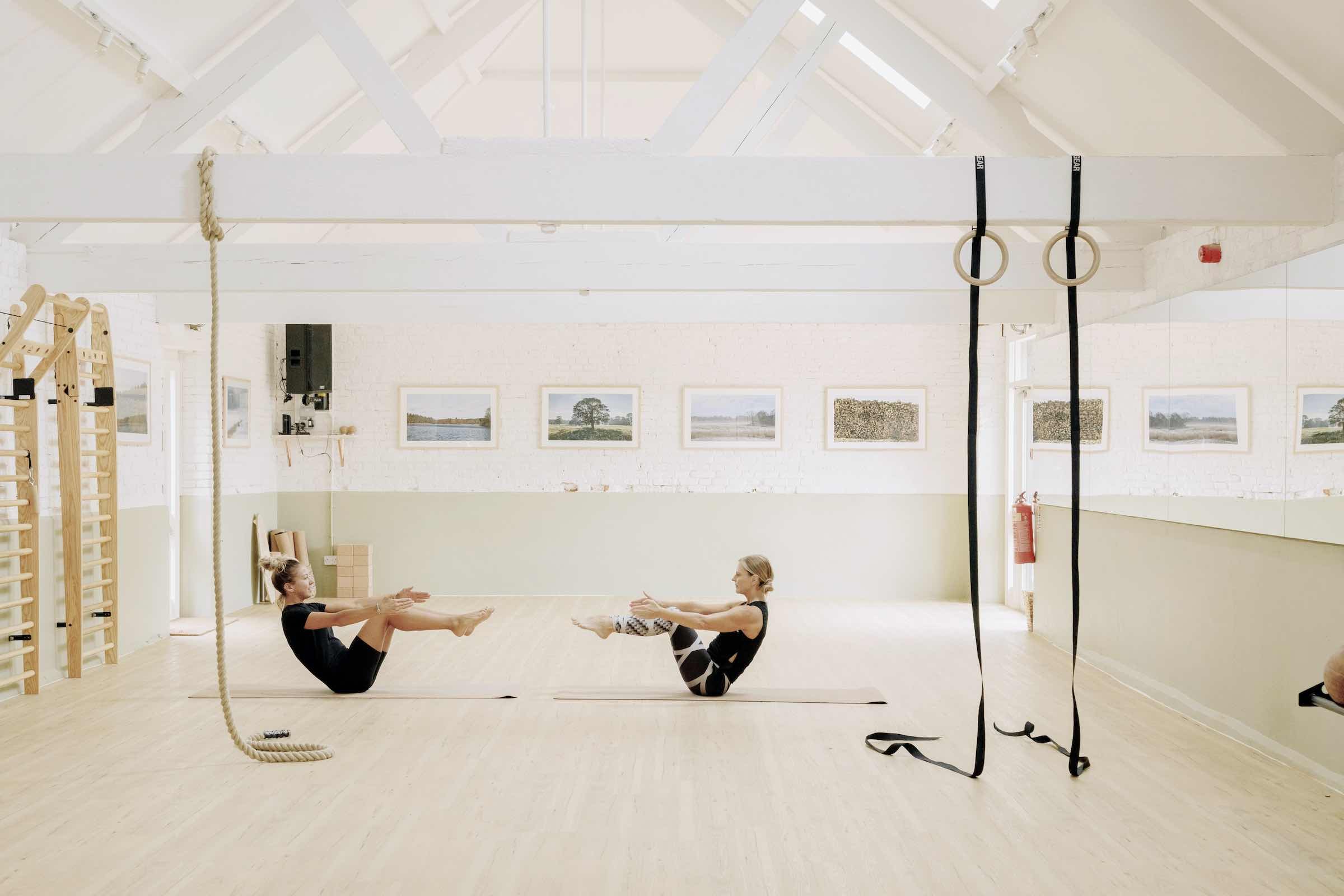
+LR.jpg)
